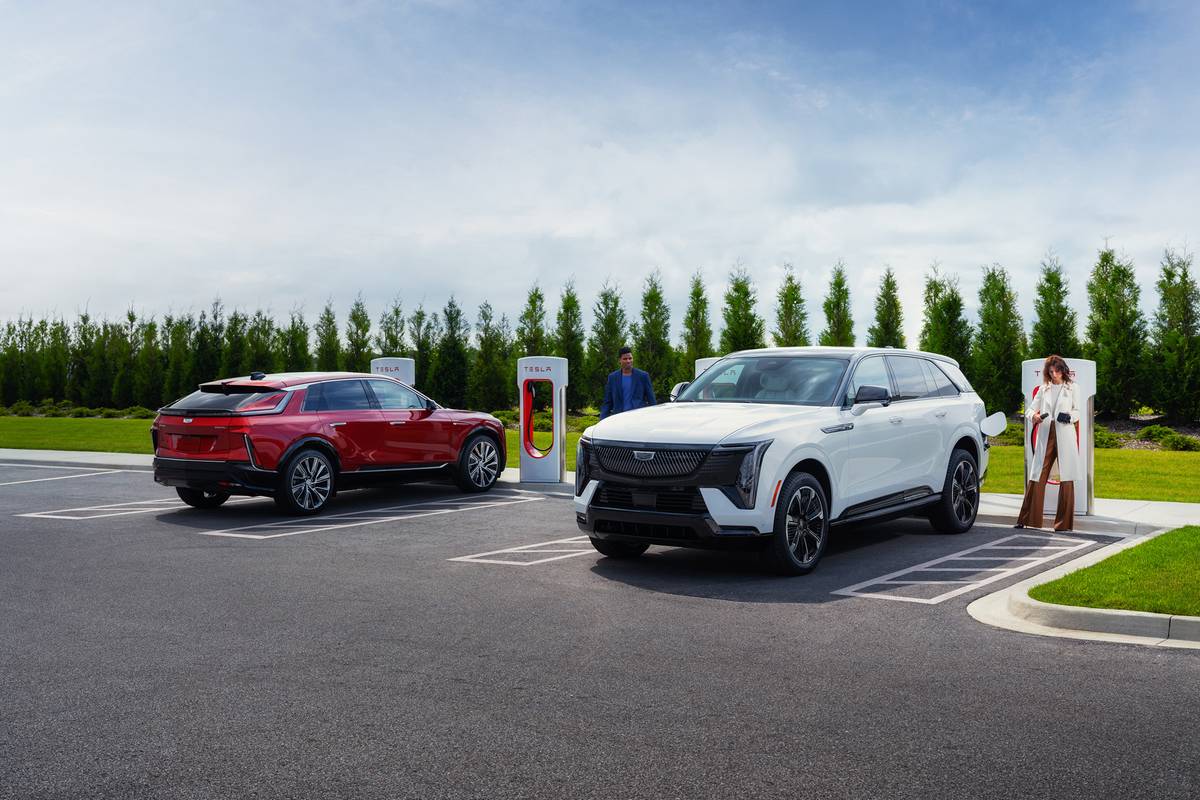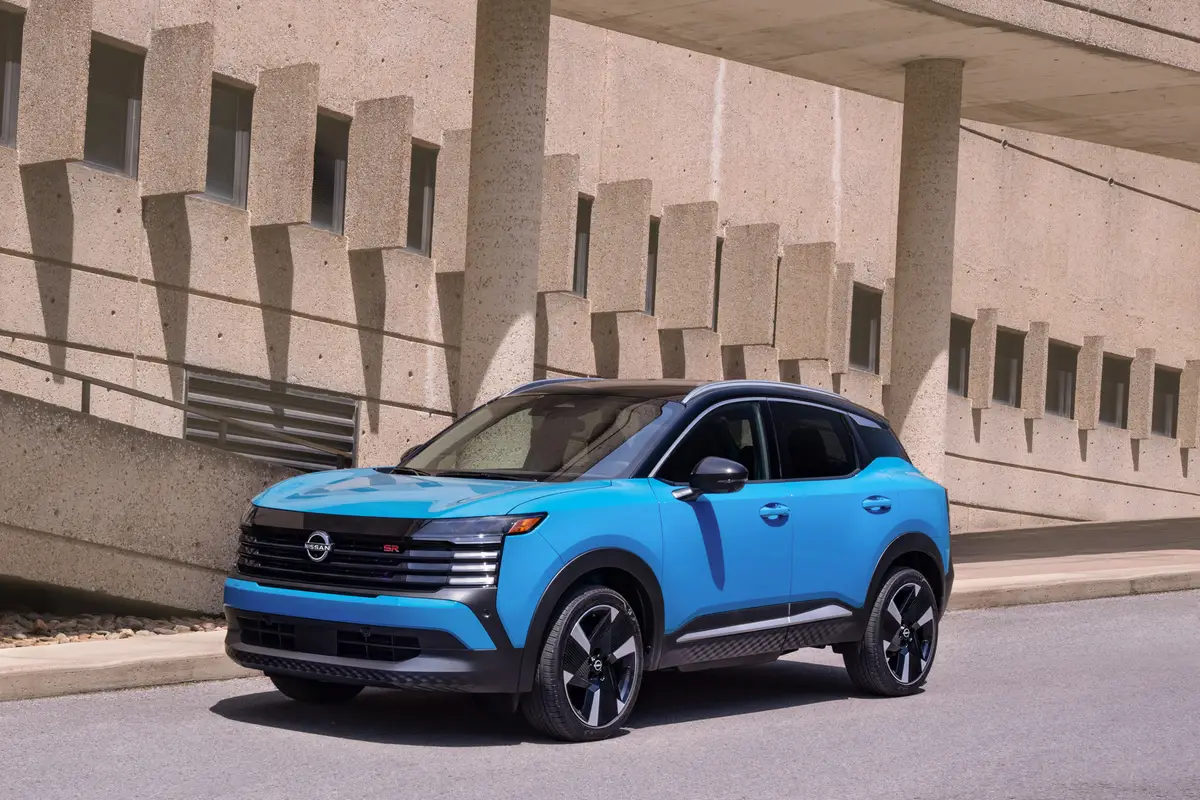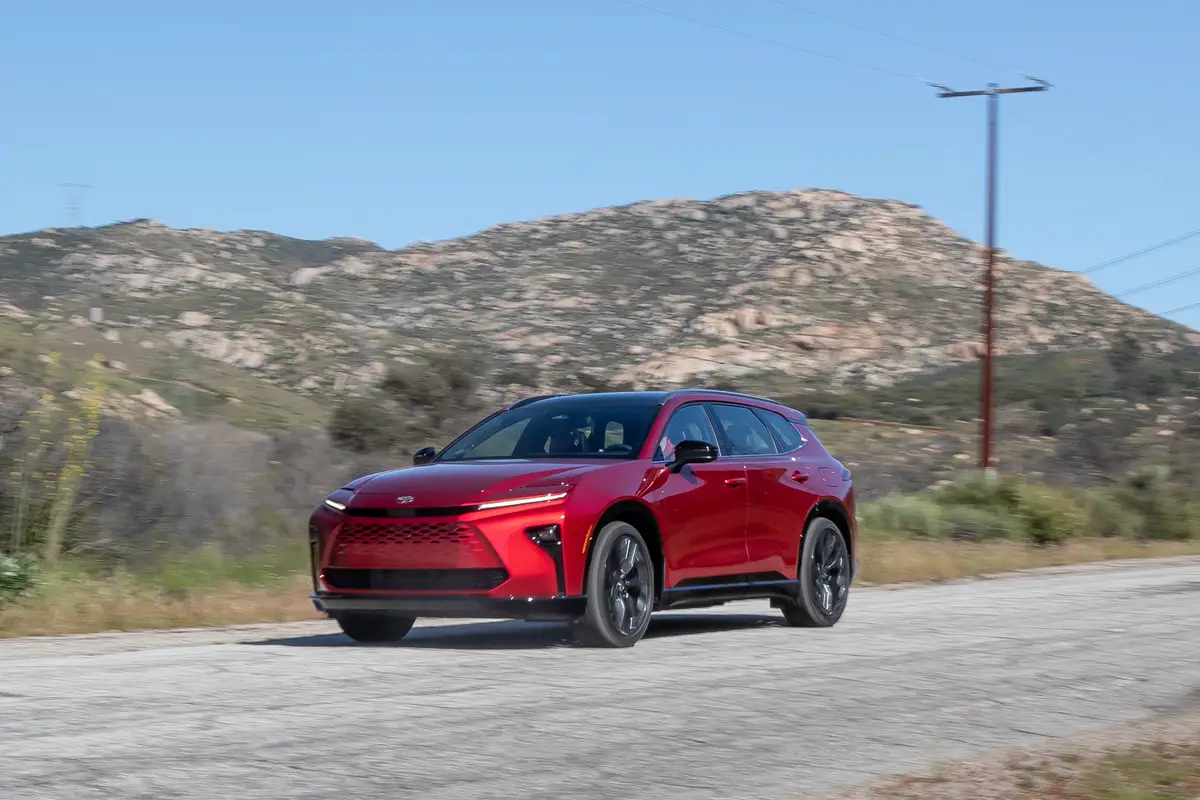washingtonpost.com's view
IT WAS the season of gulley-gaggers, that time of year when winterroad crews attempt to patch potholes caused by ice, snow and salt.
I had a ground view of the damage. I was driving the 1994 Mazda MiataMX-5 convertible. The bottom of the car is a scant 4.5 inches above theruins.
Some people might’ve found the experience frightening. I found itexciting — all of those potholes, big ones, little ones, jagged andcruel ones. It was like running through a horrible slalom course, thetrick being to keep all four wheels on the surviving pavement whilemoving at legal speeds.
This was such fun, I almost forgot the Miata’s shortcomings, one ofwhich is that it is terribly small. The thing has a wheelbase of 89.2inches. Its overall length is 155.4 inches; its overall width, 65.9inches. Going over the edge of a deep pothole in the Miata is tantamountto going off a cliff.
As it turned out, I did hit a few holes, little ones. But even theymade the Miata shimmy. I chose not to press my luck. By nightfall, Iparked the car.
Background: Mazda introduced the Miata in 1990. It was a hit then.It’s a hit now, with a difference.
The modest 1.6-liter, 116-horsepower, four-cylinder engine thatpowered the old Miata is gone. It’s been replaced by a 1.8-liter,dual-cam, 16-valve, in-line four-cylinder engine rated 128 horsepower at6,500 rpm. Maximum torque in the new engine is set at 110 foot-pounds at5,000 rpm.
Dual-front air bags are also new for 1994, along with largerfour-wheel disc brakes, larger fuel tank, a larger drive shaft and reardifferential, and structural reinforcements to help reduce body flex –on smooth roads.
Anti-lock brakes are optional, as are a detachable body-color hardtop(recommended for winter driving), and an electronically controlled,four-speed automatic transmission. A five-speed gearbox is standard.
Unchanged are the Miata’s layout and soul. The car remains afront-engine, rear-wheel-drive buggy capable of carrying two people andnot much else. Its soul is still anchored in the realm of Toys R Us.
The Miata can be had four ways — base, or with option packages A, Bor C (the C being the top of the class).
Complaints: Despite its charms, the Miata is a noisy little car thatbounces you about and wears you out on any trip longer than 200 miles.Also, the car is heightist and weightist. That is, its interiordimensions discriminate against anyone who is tall or fat.
Praise: The Miata gives a hoot of a commute, especially in mildweather when the hard top can come off and the soft top can stay down.
Head-turning quotient: It’s still every bit as pretty as it alwayswas. But, alas, people have grown accustomed to its face; they seldomlook at it with the passion that greeted its debut.
Ride, acceleration and handling: Triple aces on smooth roads. Butride and handling become a double-horror feature on roads buckled andpotted by winter. To be sure, the ride and handling of mo st cars sufferunder such circumstances. But the relatively light weight of the Miata(2,293 pounds in the tested five-speed manual version), coupled with thecar’s short wheelbase, adds an extra bit of roughness to rough roads.
Mileage: About 24 to the gallon (12.7-gallon tank, estimated 295-milerange on usable volume of regular unleaded), combined city-highway,running driver only.
Sound system: Electronic AM/FM stereo radio and cassette, installedby Mazda. Sounds just fine when the car is parked.
Price: Base price is $16,650. Dealer invoice on base model is$14,835. Add $2,612 to the dealer’s price for Package C (and add $3,110to your cost). Price as tested is $23,405, including a total of $6,360for options (including Package C) and a $395 destination charge.
Purse-strings note: Great toy. Great big price. You probably can haveas much fun with the base model. Your call.
Latest news



